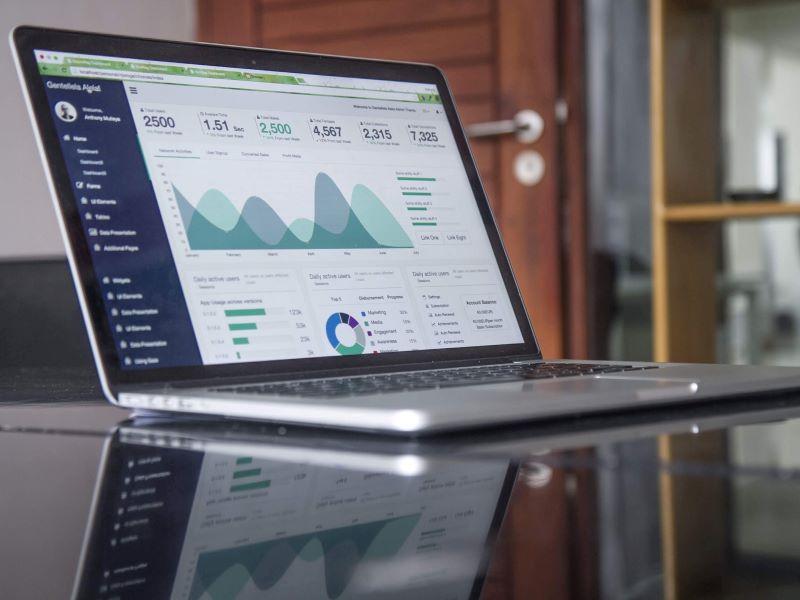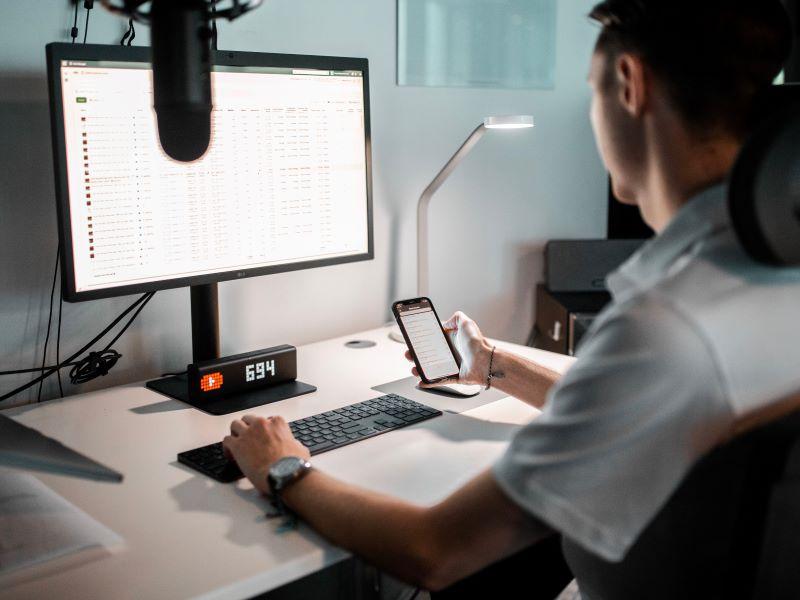As a Stanford professor, I often found myself looking at a sea of faces in a large classroom, trying to figure out whether my students – individually or as a group – were understanding the material. Were there concepts I should be spending more time on? Students who could benefit from extra attention? Often, this visibility was only available at the end of the term when I saw my students’ performance on their final exams and their responses to course surveys.
Over the years, teachers, course designers and administrators have developed multiple data collection methodologies, ranging from questionnaires and surveys to real-time evaluations, to assess student engagement and understanding of course materials. However, it’s still very much a challenge to obtain clear, timely and actionable insights into student engagement, participation and comprehension. This has been particularly true in higher education, where large class sizes make it nearly impossible for instructors to identify and intervene with students who are struggling before it’s too late.
Until now. With the integration of technology into the classroom – whether in-person, hybrid or fully online – we can collect and analyse unprecedented levels of student data. We are entering a new realm of possibility where we can measure, in real time, how each student is engaging with their learning space, the types of interactions they are having with their peers and their responses to subject matter presented in class.
- Building student identities as learners, not consumers, for better academic outcomes
- What can universities learn from Amazon?
- We shouldn’t confuse online engagement with logging in
There is a growing recognition that insights provided by data analysis are essential to the short- and long-term support of a student’s learning journey. With the new, purpose-built digital learning platforms that have emerged most recently, access to both instantaneous and longitudinal data allows instructors to identify which students are following the content and engaged in the material, and which are not.
For example, we can track which students are taking notes, participating in group discussions, answering quizzes and more. This visibility enables clear, actionable, timely interventions to help students who are struggling. These data can also contribute to a more dynamic and collaborative virtual classroom environment. Instructors can use their increased understanding of individual students to better group them based on common interests, areas of expertise, strengths and weaknesses, different participation preferences and more.
By analysing trends in the data, instructors can also identify broader patterns and use them to improve the overall classroom experience, inform active and collaborative learning practices, and assess the effectiveness of the teaching and learning environment. For example, if students are not grasping and executing concepts in a particular module, the instructor can identify the issue and adjust the course materials or instruction style.
As a broader example, at Georgia Gwinnett College, the institution was struggling with low student engagement, so instructors took a closer look at the data, which revealed some specifics about students’ study habits. They discovered that many were doing their coursework online from 1am to 5am. The college thus implemented initiatives to help improve learning outcomes by assigning peer mentors to virtually engage with students while they were studying. Additionally, instructors now do a weekly check-in with students to help navigate priorities, assist with time management and gauge overall health and wellness.
Across the higher education landscape, institutions are continuing to invest in quality digital learning programmes. With this increased utilisation of technology across the sector, we’ll naturally see a considerable uptick in data collection.
However, the act of collecting data isn’t enough. Effective classroom data need to result in detailed measurements of student outcomes and instructor actions, ultimately helping instructors identify effective teaching interventions.
I spoke with Michael Feldstein, chief learning officer at Argos Education, at a recent virtual summit, about how data can be used to improve teaching strategies and support active learning in a blended world. In that discussion, I argued that ubiquitous data collection will give rise to large, high-quality, dense datasets, which will enable the application of machine learning to the improvement of educational outcomes for all our students, especially the ones who are most in need.
To enable this opportunity, though, we must be vigilant to ensure that our machine-learning models and the recommended interventions serve to counteract inequity and reduce bias, rather than amplify them. The ongoing work on fairness and explainability in AI will be of particular importance in the area of education, where lack of equality in access, opportunity and encouragement have marginalised certain groups and contributed greatly to broader societal injustices in employment, incarceration, healthcare and more. While care here is critical, I believe that the opportunity to rigorously measure outcomes will open the way to addressing these issues.
In 2012, speaking about the launch of massive open online courses (Moocs), Thomas Friedman said: “Big breakthroughs happen when what is suddenly possible meets what is desperately necessary.” With the mass adoption of digital learning and instructor experimentation accelerated by the pandemic over the past couple of years, the “suddenly possible” is now upon us. The “desperately necessary” is the increasingly obvious and prevalent correlation between educational attainment and opportunities in life.
If institutions, teachers, platform developers and technologists work together, we could make a truly big breakthrough in education and enable a better life for many more of our students.
Daphne Koller is the co-founder of Coursera and founder and CEO of insitro and is the former Rajeev Motwani professor of computer science at Stanford University (now adjunct).




comment